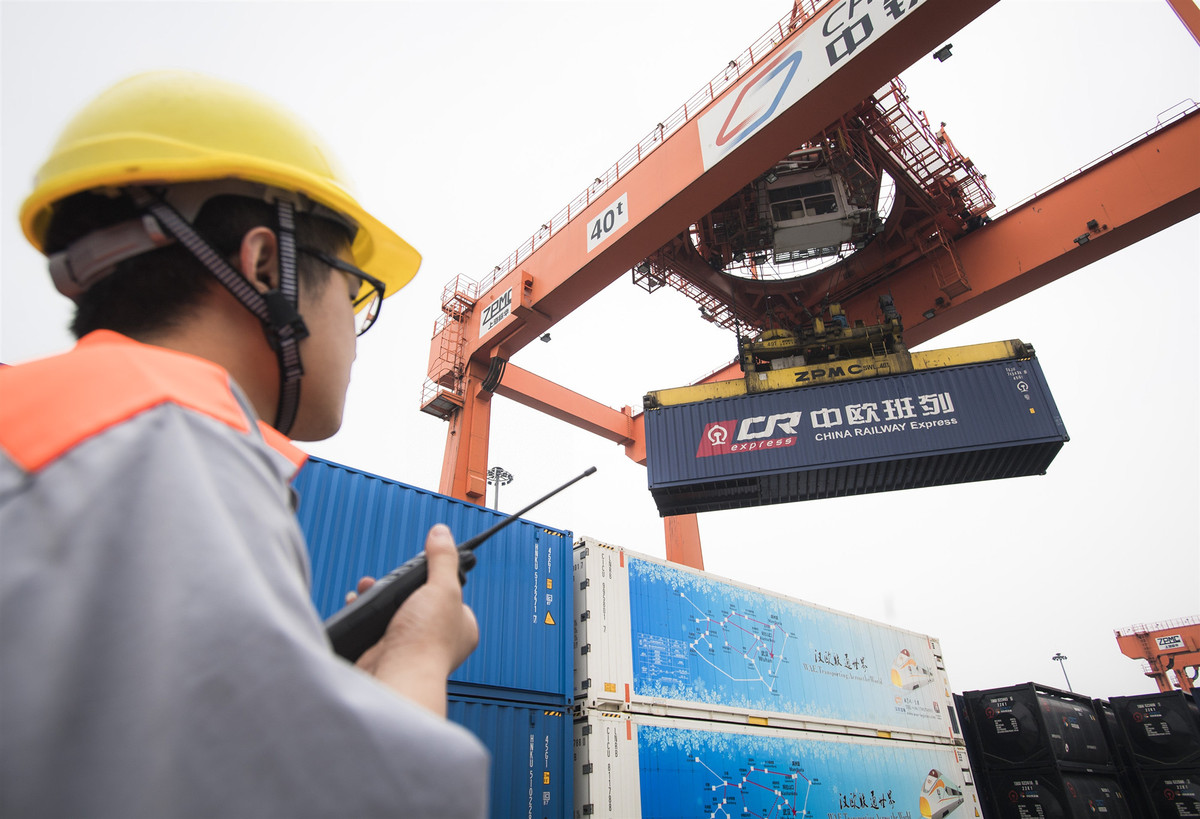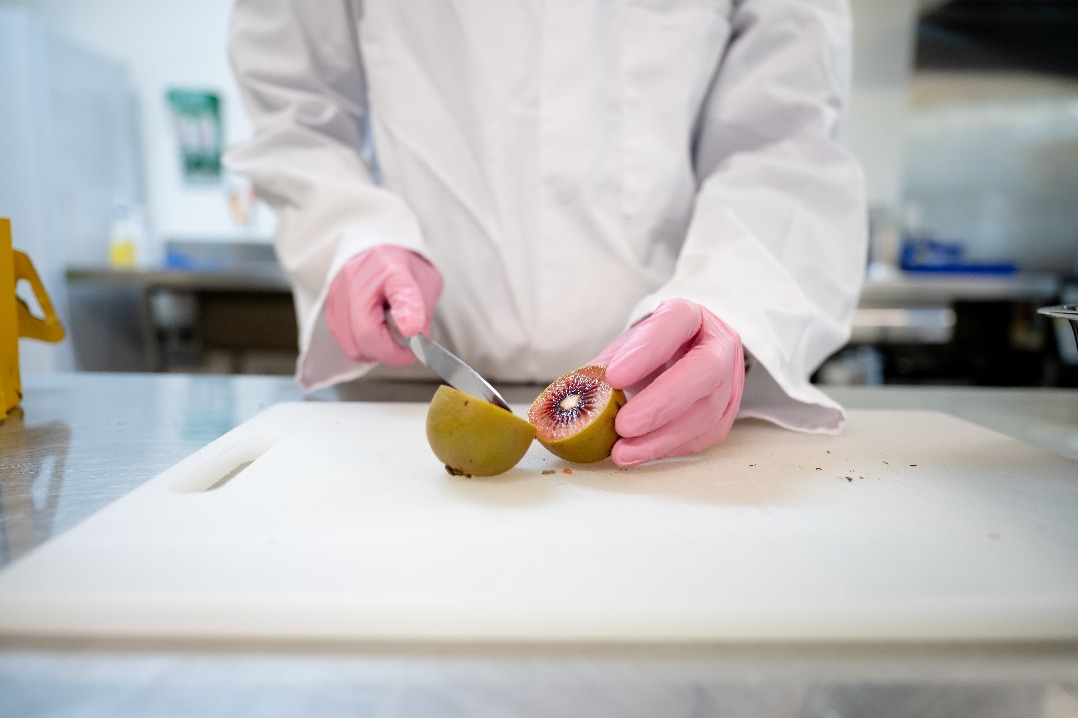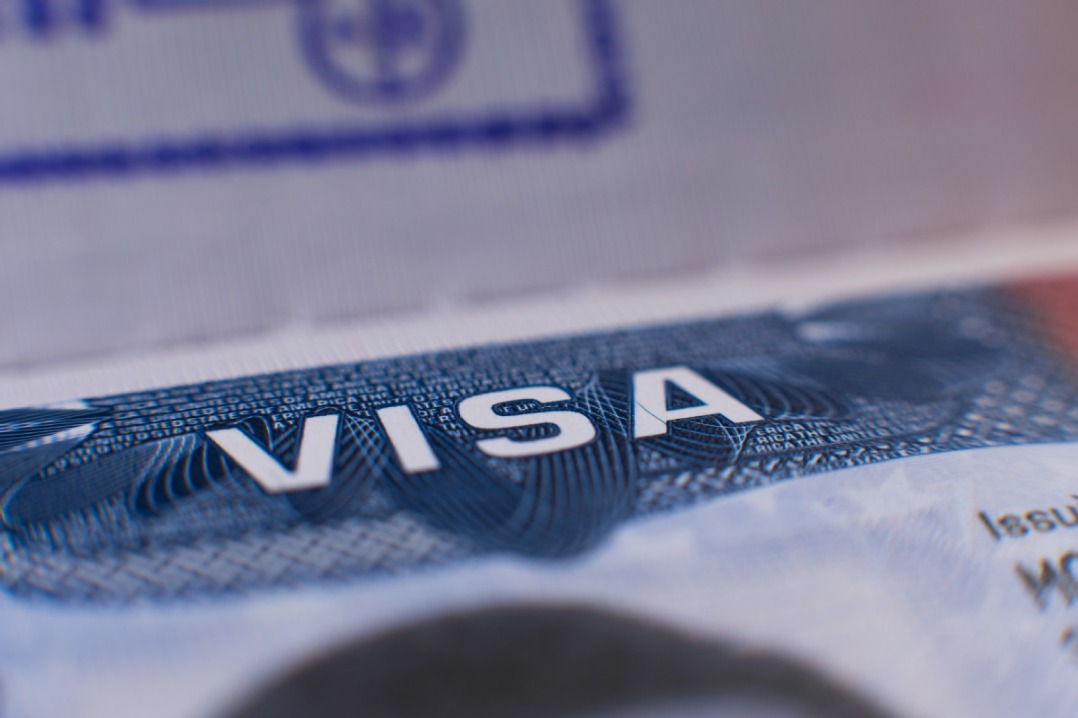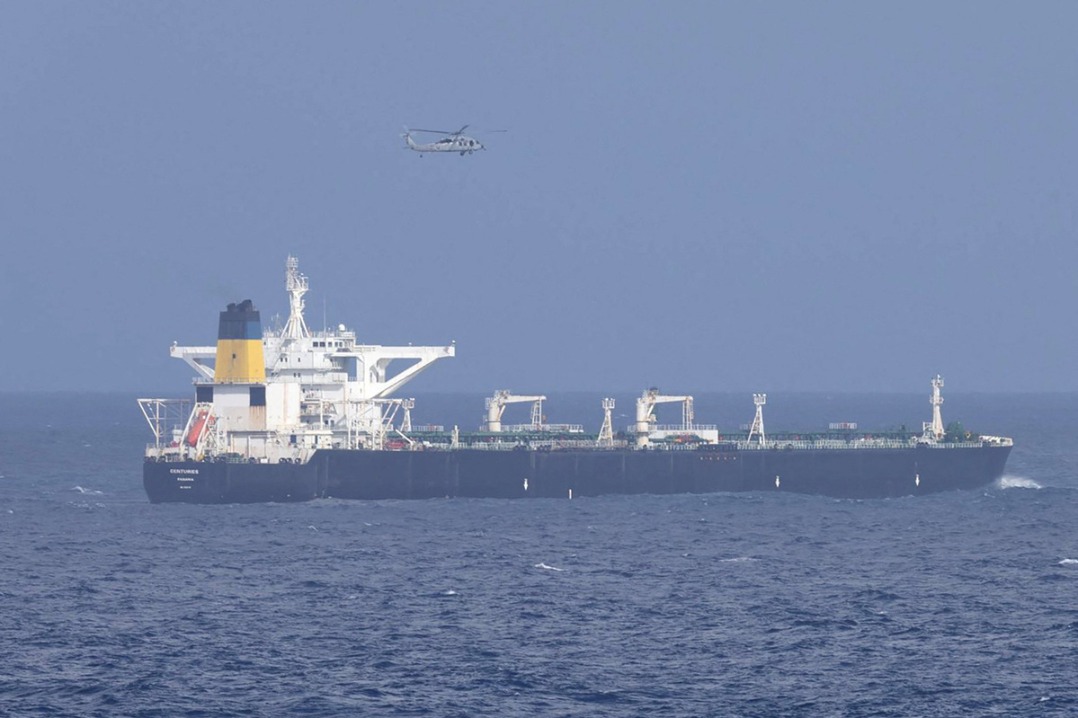Greek port part of BRI success story


Contrary to popular perception, the BRI does not represent a single clearly drawn trade route, nor is there an authoritative list of projects. Instead, it is a vision that fosters globalization and common prosperity among all countries willing to engage, and is continuously expanding its reach.
For this reason, statistical projections on the BRI's impact can vary, but all observers agree on the vision's "grand nature". HSBC estimates that Belt and Road development projects will cost up to $6 trillion in the next 15 years, while PricewaterhouseCoopers estimates the cost at $5 trillion. Fitch ratings agency believes projects worth $900 billion were already planned or underway by last year.
Some projects, such as Piraeus, are clearly visible. Another example is the Lyon-Wuhan freight rail line between the French city of Lyon and Wuhan, capital of Hubei province. Launched in 2016, the line has greatly reduced transportation time and costs compared with sea freight. Since then, thousands of bottles of Bordeaux wine, auto parts and French agricultural products have been exported to China.
Last year saw the launch of the "Silk Road in the air" cargo flight, connecting the trading hubs of Zhengzhou, capital of Henan province, and Luxembourg. This has facilitated trading in many temperature-sensitive products, such as fresh fruit and pharmaceuticals.
From the Port of Rotterdam in the Netherlands to the vast terminal at Duisburg's inland port in Germany, logistics hubs across Europe are busy upgrading their facilities to allow more business as a result of surging trade volumes boosted by BRI connectivity.
Ivona Ladjevac, head of the regional center for the Belt and Road Initiative at the Institute of International Politics and Economics in Belgrade, the Serbian capital, said the BRI provides a valuable opportunity to strengthen connectivity between European countries.

































